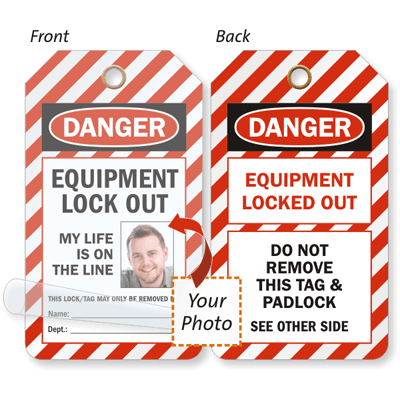Information
-
Department
-
Conducted on
-
Prepared by
Audit
Fire Prevention
-
Emergency exit lighting operable?
-
Evacuation plan displayed?
-
Extinguishers in place, clearly marked for type of fire?
-
Extinguishers recently serviced? (Check 6 monthly punch mark on tabs.)
-
Extinguishers clear of obstructions?
-
Extinguisher no more than 1200 mm max height & base not lower that 100 mm?
-
Indicator signs 2.1 m above floor level?
-
Adequate direction notices for fire exits?
-
Exit doors easily opened from inside?
-
Exits clear of obstructions?
Building Safety
-
Floor surfaces even and uncluttered?
-
Entry and walkways kept clear?
-
Intersections kept clear of boxes etc?
-
Stair and risers kept clear?
-
Are liquid spills removed quickly?
-
Are railings in good condition?
-
Are footpaths in good condition?
-
Loading area clean and tidy?
Work Benches
-
Clear of rubbish?
-
Tools not in use kept in place?
-
No damaged hand tools in use?
-
No damaged power tools in use?
-
Work height correct for the type of work and the employee?
-
No sharp edges?
6.0 - Rubbish Removal
-
6.1 - Bins located at suitable points around site?
-
6.2 - Bins emptied regularly?
-
6.3 - Oily rags and combustible refuse in covered metal containers?
-
Trash is disposed of quickly and has not collected on the ground or work areas.
Storage Design and Use
-
Materials stored in racks and bins wherever possible?
-
Storage designed to minimise lifting problems?
-
Floors around racking clear of rubbish?
-
General condition of racks and pallets?
-
Storage racking marked with load limits?
Machines
-
Are they kept clean?
-
Are the floors around the machines kept clean?
-
Guards in good condition?
-
Starting and stopping devices within easy reach of operator?
-
Nothing stored in housing units or areas that pose a hazard?
-
Adequate work space?
-
Are LOTO procedures posted at equipment?
-
Is the lockout tag out log up to date and being filled out?
Electrical Safety
-
Cords free from damage?
-
Ground prongs in place?
-
Conduits and receptacles free of damage and secured in place?
-
Extension cords are not causing a trip hazard. <br>
-
Floor free from daisy chaining?
-
Extension cord loose and not secured to permanent structure?
Cylinder Safety
-
Are Oxygen and Acetylene cylinders stored 20 feet apart or with a fire wall in between them?
-
Are all cylinders properly chained?
-
Stored cylinders have caps and the regulators have been properly removed.
-
Are all cylinders upright and not being stored on their side?
-
Are cylinder areas marked with the type of gas and marked to indicated full or empty?
-
Empty cylinders and full cylinders are stored separately.
Ladders
-
Are all ladders Industrial strength? (Non Household rated, check label.)
-
Are ladders in good condition? If not - tag and remove from floor.
-
Used according to instructions?
-
Are extension ladders stored in a secure manner? (so they do not fall over)
Chemical Storage
-
Fire Cabinets are in place and not over capacity.
-
FIre cabinets are properly closed and secured.
-
Oil drums are clean and orderly.
-
Any level 1 flammable drums are properly bonded and grounded to prevent sparking during refills.
-
Spill containment is adequate for barrels.
-
Eye wash station is clean, full and in easy reach of employees.
Employees
-
Safety Board is up to date.
-
Daily meeting information is turned in and up to date.
-
Employees are wearing proper PPE.
-
Are there any other safety or housekeeping concerns? (Issues not included in audit or Employees seen violating other safety rules.)
-
Employees are cleaning as they go.
Sign Off
-
Supervisor
-
Auditor's signature








